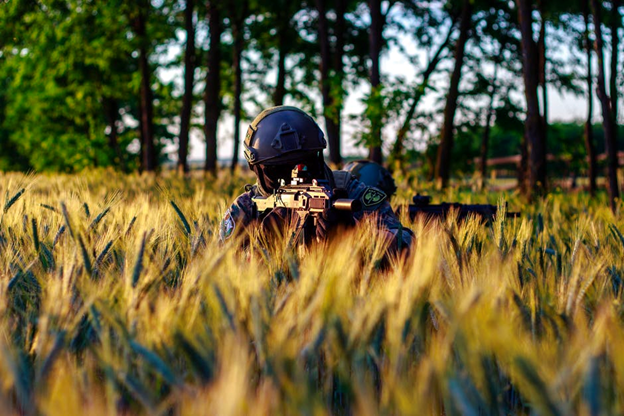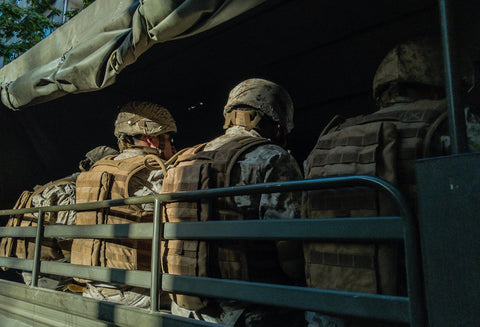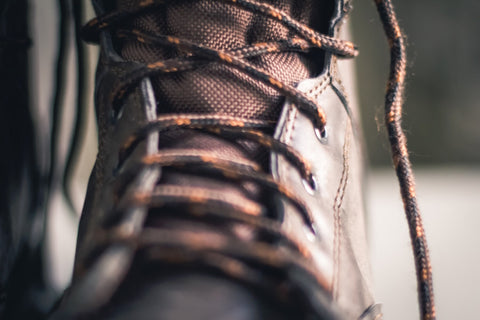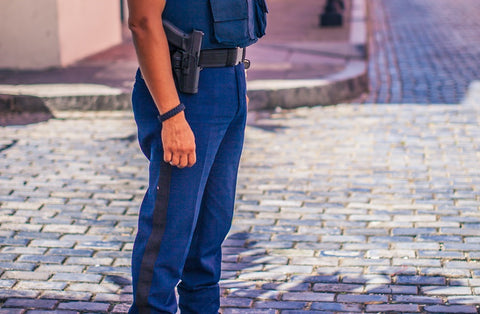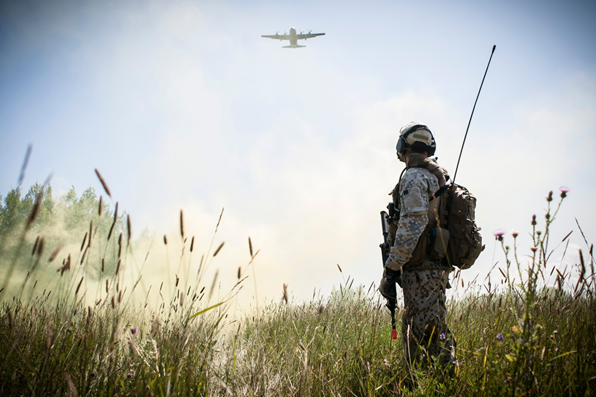Tactical Gear Checklist For Law Enforcement
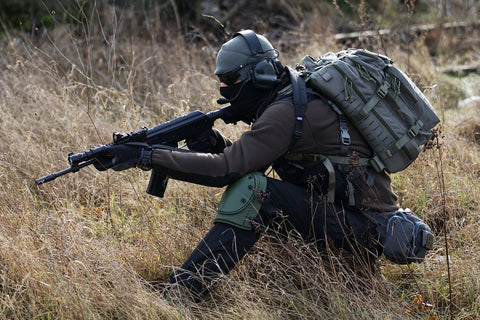
Every Piece Of Gear You Need to Own As a Law Enforcement Professional

As a law enforcement professional, your job is demanding. You need sturdy, reliable equipment that can keep up with those demands. Use our tactical equipment checklist to ensure that your set of gear is complete and ready to serve your needs.
What Is Considered Tactical Gear?
Tactical gear refers to any gear that is intended specifically for military, law enforcement, first-responders, and similar professionals. This includes many categories, from clothing to weaponry and life-saving tools.
Tactical Gear Checklist For Law Enforcement + Features to Look For
As a member of law enforcement, you are as weak as your weakest piece of equipment. Thus, you will want to build your set of gear carefully. While some gear is supplied to you, it is ultimately your responsibility to make sure that your set of equipment is complete and reliable.
Don’t forget that your equipment must be packed correctly in something that will protect it – considering using a tactical go bag that is comfortable and durable.
Read below to learn about how to make the most out of your tactical gear.
Clothing
It is pertinent that you select clothing that is comfortable while still protective. For a top, you should select something that does not restrict your movement or ability to breathe. Features to look for in a top include knit underarm gussets, abrasion-resistant fabric on stress points, water-resistant finish for inclement weather, and chest and sleeve pockets.
Your pants, meanwhile, should be lightweight and fit your body appropriately. They should move with you without constricting your waist or legs. Look for pants with comfort waistbands, reinforced pockets, and ripstop fabric.
We don’t recommend pants with too high of a waistband – these can interfere with your holster. Instead, look for a mid-rise tactical pant.
Belts
Belts are more important than you may think. A law enforcement professional needs a belt that is durable and compatible with the rest of your gear, which could include a holster, mag pouches, or other add-ons. Recommended features include durable nylon webbing, impact-resistant buckles, and water resistance.
Boots
Your assignments require you to be on your feet, and you need boots that will keep up. Select boots that are lightweight enough for you to be agile and speedy, while still tough enough to protect your feet. More recommended features include puncture-resistant material, side zippers, open-cell foam cushioning, insoles, crush-proof shanks, moisture-wicking liners, and leather and nylon uppers.
Armour
Your employer will almost certainly supply you with armour. Still, it is vital that you ensure you are armoured properly at all times.
Your vest must provide proper protection to all target points on your body. It is recommended that you replace the Kevlar plates in your vest with ceramic trauma plates if you do not already have them – these will protect you better against active shooters.
Flashlight
Not all flashlights are made equally. There are many factors you should consider carefully when selecting a flashlight. You’ll want a flashlight with a long battery life. Other important features are less obvious. For example, you’ll want a flashlight that always flashes bright light when switched on – this will help you in situations requiring quick action. Read more about how to pick the right flashlight.
Radio
Don’t undermine the importance of communications equipment. A radio is essential for relaying information to and from an operator, and calling for backup or support.
Make sure that you select a radio with a long battery life and an ability to reach a long range. Of course, ensure that your radio is compatible with the equipment used by your colleagues.
Medical Kit
A complete medical kit can save your life, or the life of a civilian or colleague. A standard medical kit may include personal protective equipment, patient assessment tools, trauma supplies, and medicines. Don’t forget that simply having a medical kit is not enough – you need to know how to use the contents of the kit properly.
Holster
Your firearm is important, so why wouldn’t the thing holding it be? A proper holster is an essential part of a set of tactical gear. Try testing different holsters before settling on the one that’s right for you. As long as your holster allows you to access your firearm quickly and easily, you’re in good shape.
Firearm
One of the more obvious parts of your gear, you should know your firearm well. Your primary weapon should be operational, clean, and supplied with enough ammunition at all times.
Do not let yourself fall out of the habit of cleaning your weapon. This will affect its ability to operate properly.
Knife
A good tactical knife should be a reliable tool, but should also allow itself to function as weaponry in dire situations.
The Takeaway
You have learned about why a tactical gear set is important to law enforcement professionals, and how to build a set of tactical gear that supports you rather than slows you down. But it’s also important to remember to continuously track the wear and tear on your gear, as its quality will almost always deteriorate over time.


